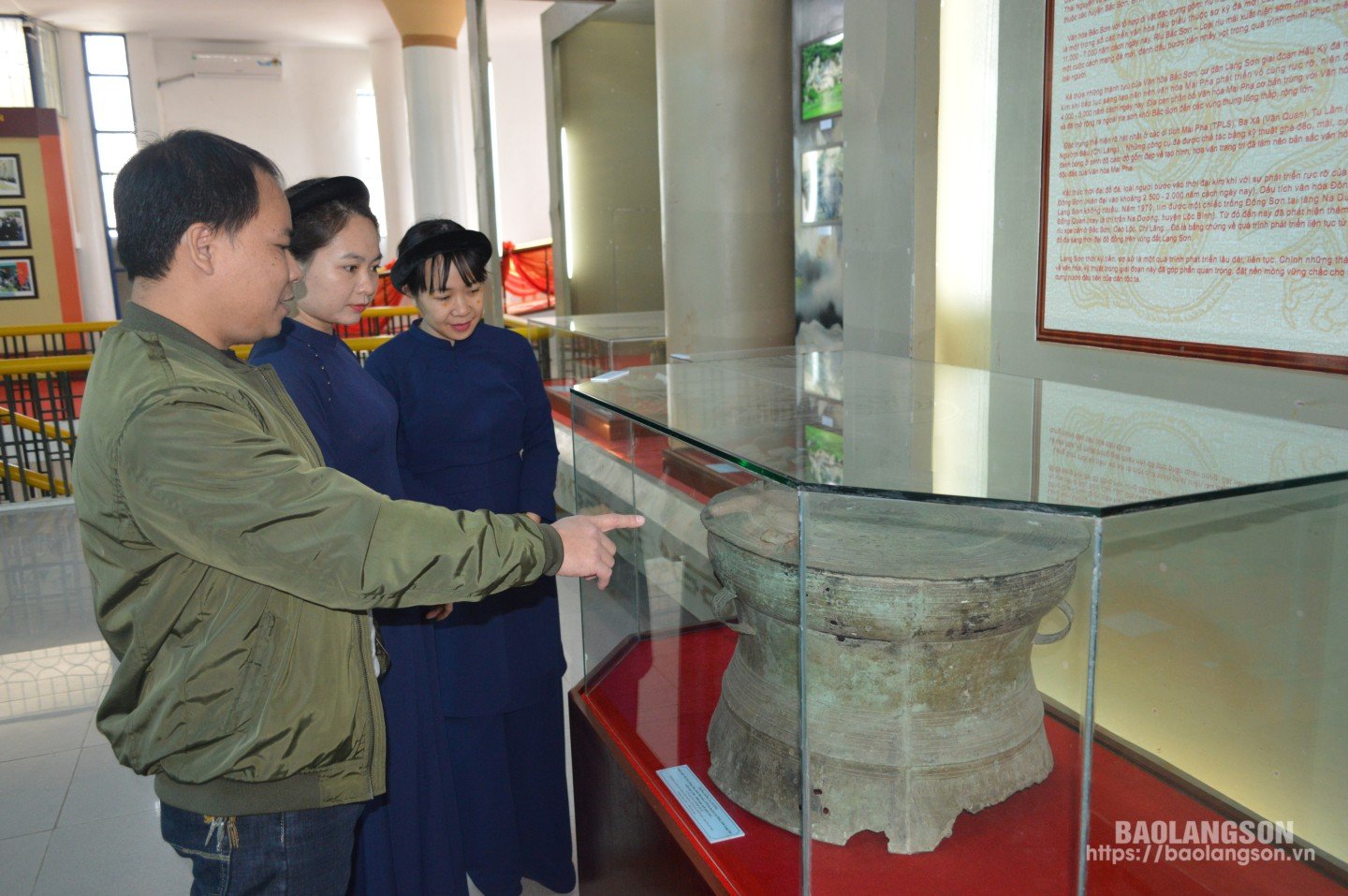
The Van Lang State, headed by Hung Vuong, was born and existed during the 7th - 6th centuries BC. Although it was a primitive state, Van Lang marked a great development of epochal significance in the history of Vietnam - opening the era of building and defending the country of our people. In addition, the Van Lang State left the current generation of descendants a beautiful belief, reflecting the awareness of the origin of the Vietnamese people, which is the worship of Hung Vuong.
Cultural heritage of humanity
According to archaeological documents and written documents of Vietnam, during the Dong Son period, due to the requirements of irrigation and self-defense against foreign invaders, 15 tribes living scattered in the Northern and Central regions allied, formed a common territory and established a common organization to manage and operate society, including the Lac Viet Tribe (the predecessor of the Van Lang State). The Van Lang State was headed by King Hung Vuong according to the principle of hereditary succession for 18 generations. Hung Vuong was also the military commander and presided over religious ceremonies.
The Hung King worship belief originates from the ancestor worship belief, rooted in gratitude, respect for the past, and origins. From the dawn of the nation's history, the community of residents in the central area where the ancient Vietnamese people gathered and developed - the confluence of three rivers: the Red River, the Lo River and the Da River, the center of which is the Hung Temple area today - chose Nghia Linh Mountain - Hung Temple as the place to practice the natural worship ritual (worship of Heaven and Earth). In December 2012, the Hung King worship belief in Phu Tho was honored by UNESCO as a representative intangible cultural heritage of humanity.
In Vietnamese culture, the trend of "historicizing" legendary and legendary figures has helped Hung Vuong gradually become a village tutelary god worshiped in communal houses and temples in many villages and communes throughout the country and become the ancestor of the entire nation worshiped as the King of the Vietnamese people. Over time, the worship of Hung Vuong has been maintained and cultivated by the Vietnamese community. Up to now, through many historical ups and downs with political institutions practicing the Hung Vuong worship ritual from the scale of a village or commune of a province to a national holiday with national rituals because this belief is suitable for the people, existing in the consciousness of every Vietnamese person in general and the people of the ethnic groups in Lang Son province in particular.
Dr. Hoang Van Pao, Chairman of the Provincial Cultural Heritage Association, said: Worshiping Hung Kings, worshiping the ancestors of the nation - country has become a cultural - religious symbol connecting the past with the present, having the effect of cultivating feelings for family, village and country. Hung Kings' death anniversary aims to educate the morality of gratitude to ancestors, becoming a spiritual gathering place to bring generations of descendants back to their roots. The worship of Hung Kings is not only a unique form of ancestor worship of the Vietnamese people since ancient times but also a sacred cultural symbol of patriotism, compatriotism, developed and elevated into Vietnamese patriotism and humanism, deeply ingrained in the minds of the Vietnamese people in general and Lang Son in particular.
Back to the roots
In the minds of the Vietnamese people, including the ethnic people of Lang Son, for generations, Hung Vuong is the founding king of the country, the common ancestor. Every year, on the occasion of the National Death Anniversary, among millions of compatriots across the country, Lang Son people return to Hung Temple (Phu Tho), recalling stories about King Hung building the country, arousing patriotism and national pride.
Ms. Nguyen Giang Linh, Tam Thanh Ward, Lang Son City said: It has become a tradition that every year, on the occasion of the Hung Kings' death anniversary, my whole family and I arrange time to return to Hung Temple to burn incense and express our gratitude to the Hung Kings. When I come here, I always explain and tell my children about some legends and stories related to the Hung Kings' period. I want my children to be aware of the common origin of the nation and to foster their love for their homeland.
King Hung and the Van Lang era along with related legends are also taught to students in schools in the province, in order to foster in them a love for their homeland, a sense of learning and applying what they have learned to contribute to preserving those precious cultural values.
Hoang Ly Thuy Phuong, class 11A4, Trang Dinh High School, Trang Dinh district said: In History and Literature classes, I learned about the Van Lang period, about Hung Kings as well as legendary stories such as Banh Chung and Banh Day, My Chau Trong Thuy, Son Tinh Thuy Tinh, Lac Long Quan and Au Co... I felt extremely proud and moved when I learned about the Hung Kings' contributions to building and defending the country, thereby becoming more aware of the responsibility of the younger generation in striving to study, practice and build a stronger Fatherland.
In addition, the Provincial Museum is currently preserving many archaeological relics of the Dong Son culture period, which is considered by historians to be associated with the Hung King era of nation building (at this time Lang Son belonged to the Luc Hai department). Every year, on the anniversary of the death of the Hung King, many people come to the Provincial Museum to learn and visit these artifacts to better understand the Hung King era as well as the history of the nation. The relics are very rich with many types: production tools (duck-shaped plowshares, chisels, spades, spread-eagle axes, oblique-bladed axes, rectangular axes, etc.), household utensils (jars, bronze pots, bowls, etc.), combat weapons (javelins, spears, arrows, heart-protecting plates, etc.), the most typical of which is the Na Duong bronze drum.
According to the information records of artifacts kept at the Provincial Museum, the Na Duong bronze drum was discovered in 1970 on the slope of Khau Bat hill, Na Duong village, Dong Quan commune (now Na Duong town, Loc Binh district). Based on the shape and decorative patterns on the drum's surface and body, researchers determined that the Na Duong bronze drum belongs to the last group of type I drums dating from around the 1st to 5th century, a late Dong Son drum after the orthodox, created when the Dong Son culture had basically ended.
Mr. Nong Duc Kien, Director of the Provincial Museum, said: We have directed the professional department to regularly maintain and clean the archaeological artifacts of the Dong Son culture period. In addition, we have assigned the Inventory and Preservation Department to write research articles and promote these artifacts to be posted on the museum's information page to introduce their typical values to visitors. In addition, we have also directed tour guides to integrate the promotion of artifacts of the Dong Son culture period when leading groups of visitors to the museum.
It can be seen that over the years, along with other cultural values, the Hung Kings and their contributions have been deeply imprinted in the subconscious of every Lang Son resident in particular and the whole country in general. It is a shining symbol of the awareness of origin. Through the Hung Kings' death anniversary, the spirit of solidarity of the people is further enhanced and strongly promoted, and each person appreciates more the achievements that their ancestors have built, making more efforts to contribute to building the homeland and the country to become more prosperous and developed.
Source: https://baolangson.vn/tin-nguong-tho-cung-hung-vuong-trong-tam-thuc-nguoi-dan-lang-son-5042735.html





![[Photo] Prime Minister Pham Minh Chinh and Prime Minister of the Kingdom of Thailand Paetongtarn Shinawatra attend the Vietnam-Thailand Business Forum 2025](https://vphoto.vietnam.vn/thumb/1200x675/vietnam/resource/IMAGE/2025/5/16/1cdfce54d25c48a68ae6fb9204f2171a)







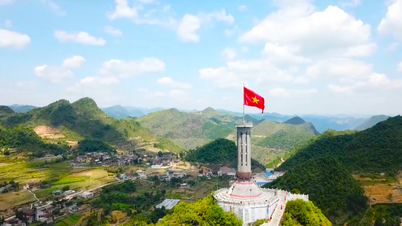
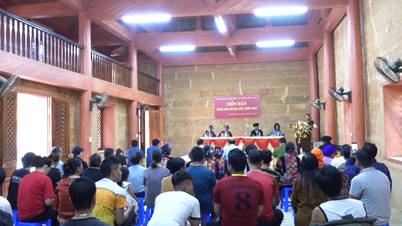
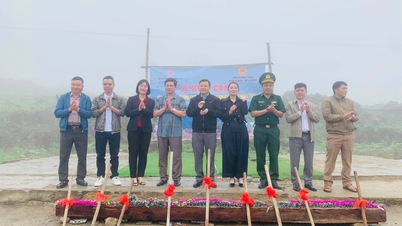



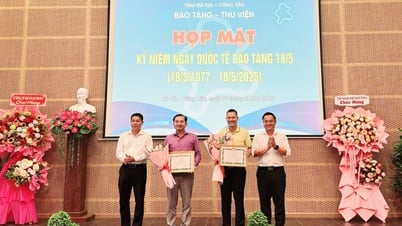

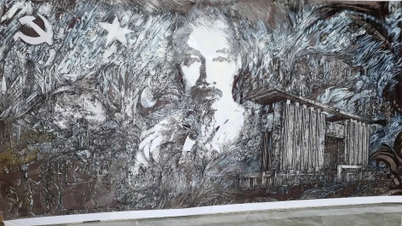

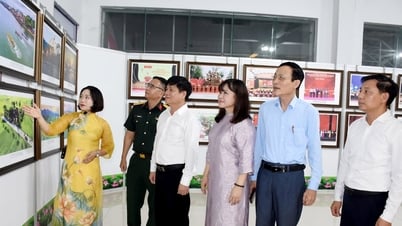







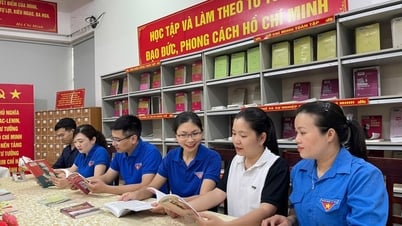
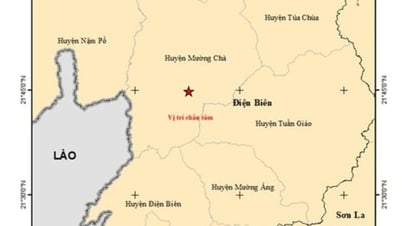


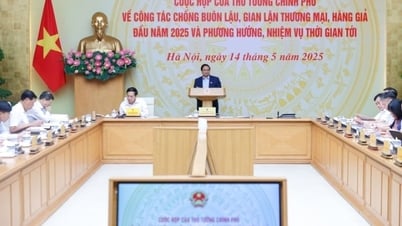

![[Photo] President Luong Cuong receives Prime Minister of the Kingdom of Thailand Paetongtarn Shinawatra](https://vphoto.vietnam.vn/thumb/1200x675/vietnam/resource/IMAGE/2025/5/16/52c73b27198a4e12bd6a903d1c218846)











































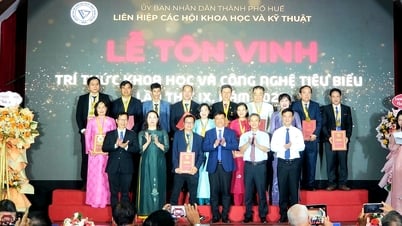

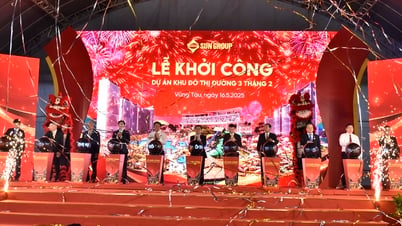












Comment (0)